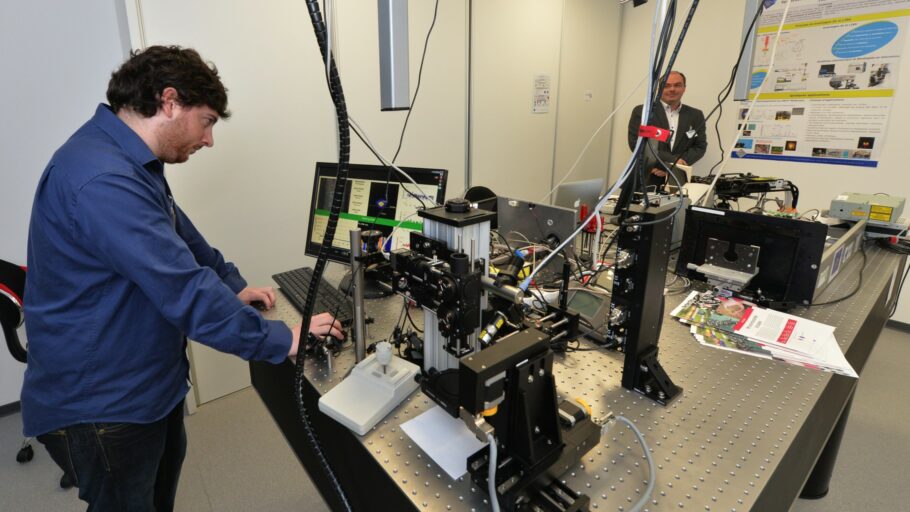Sommaire
The Grand Est has a remarkable potential for marketed innovations and start-up creations thanks to the presence of major academic and scientific centres. These players, as well as those of the regional ecosystem of innovation, participate actively in the economic development of the region through research.
Technology Transfer Acceleration Companies (SATT)
The SATTs are intended to ensure the economic promotion of research results, through the creation of start-ups or the transfer of licence agreements to innovative companies by nature.
The regional area is covered by 3 SATT:
- SATT Conectus Alsace for establishments in the Alsace area,
- SATT Grand Est for those in the Lorraine area and the University of Technology of Troyes
- and SATT Nord for the University of Reims Champagne Ardenne and public institutions of a scientific and technological nature in the Champagne-Ardenne region.
In the space of 6 years, the three SATTs have contributed to the creation of 36 companies and resulted in 143 technology transfers (licences).
www.conectus.fr
www.sattge.fr
www.sattnord.fr
Allègre incubators
The public research incubators supported by the Ministry of Higher Education and Research were set up under the provisions of the Law on Innovation and Research 1999, mainly by higher education institutions and research organisations (universities, schools, research organisations).
Their mission is to foster the creation of innovative companies based on the results of public research.
In the Grand Est, two public research incubators, Semia in Strasbourg and Incubateur Lorrain in Vandœuvre-lès-Nancy have hosted nearly 300 projects since their creation and generated 260 company creations of which 190 are still in activity.
www.startup-semia.com
www.incubateurlorrain.org
Competitiveness clusters
The mission of the competitiveness clusters, approved by the French State, is to unite all the players of research, the business world and the training world to support the economic development of their sector and generate collaborative projects and partnerships.
The Grand Est has six competitiveness clusters that have supported more than 1,000 collaborative projects for 3 billion euros since their creation: Industries and Agro-Resources Cluster (IAR), Fibres-Energivie, Materalia, Véhicule du Futur, Hydreos and Alsace Biovalley.
Figures : the 6 clusters include more than 1,300 innovation players with 900 companies and nearly 400 laboratories.
Link to the websites of the 6 Competitiveness clusters :
www.biovalley-france.com
www.fibres-energivie.eu
www.hydreos.fr
www.en.iar-pole.com
www.materalia.fr
www.vehiculedufutur.com
Some success stories…
- Inotrem, biotechnology start-up in Nancy, supported by Incubateur Lorrain, successfully raised €18m with Sofinnova Partners and Edmond de Rothschild and was the first start-up to win an R&D agreement with the Swiss pharmaceutical giant Roche Diagnostics to develop the first diagnostic test in the field of septic shock;
- InnovSanté InnovHealth located in Reims, of which one of the co-founders is an intern in urological surgery and student-researcher in oncology at the CNRS, launched PassCare, an innovative solution for patient management and preventive medicine.
- The ALYATEC company created, within the Nouvel Hôpital Civil in Strasbourg, an environmental exposure chamber that offers a unique research tool in France to both public researchers as well as pharmaceutical industry players.
This exposure chamber enables performing clinical studies in reproducible conditions to validate desensitisation treatments and new therapeutic molecules for treating allergies such as asthma, rhinitis and conjunctivitis.

